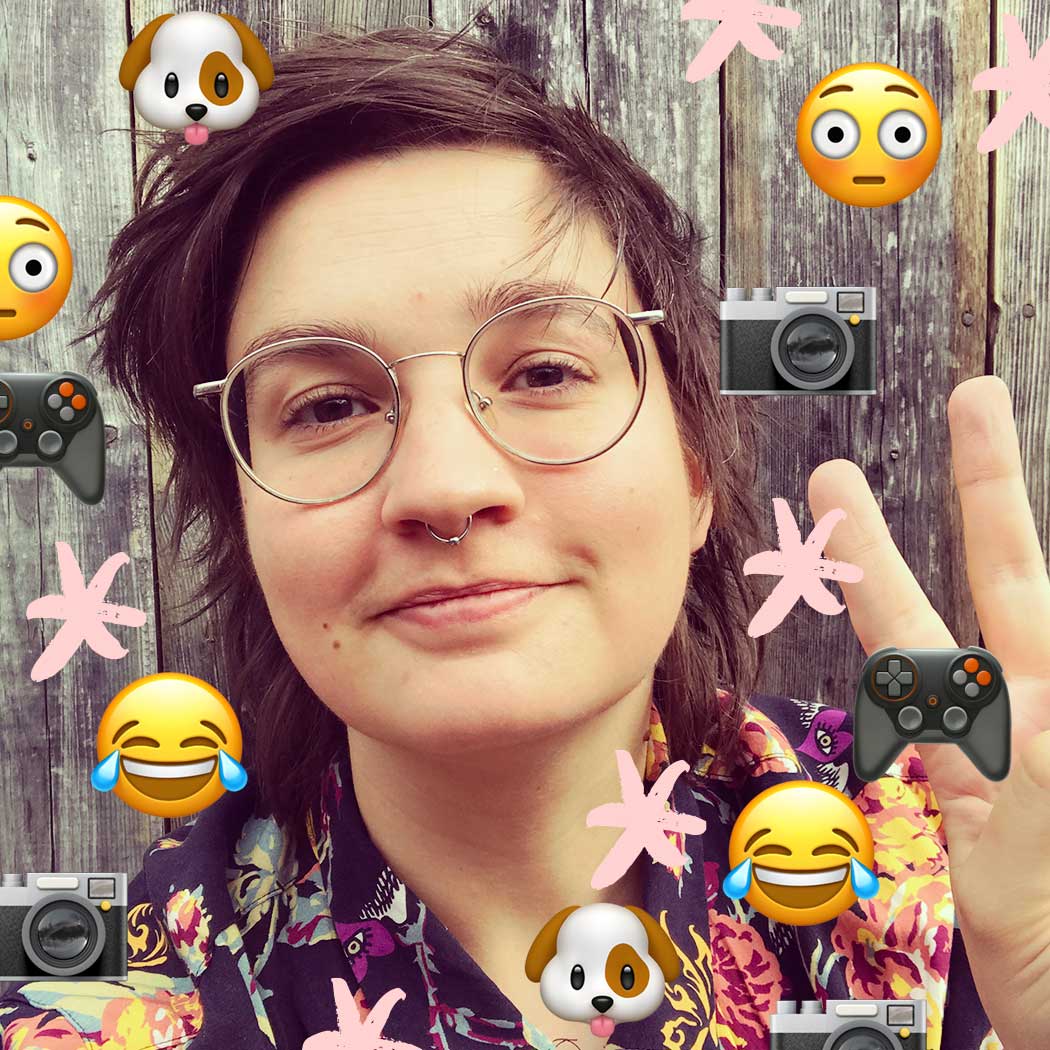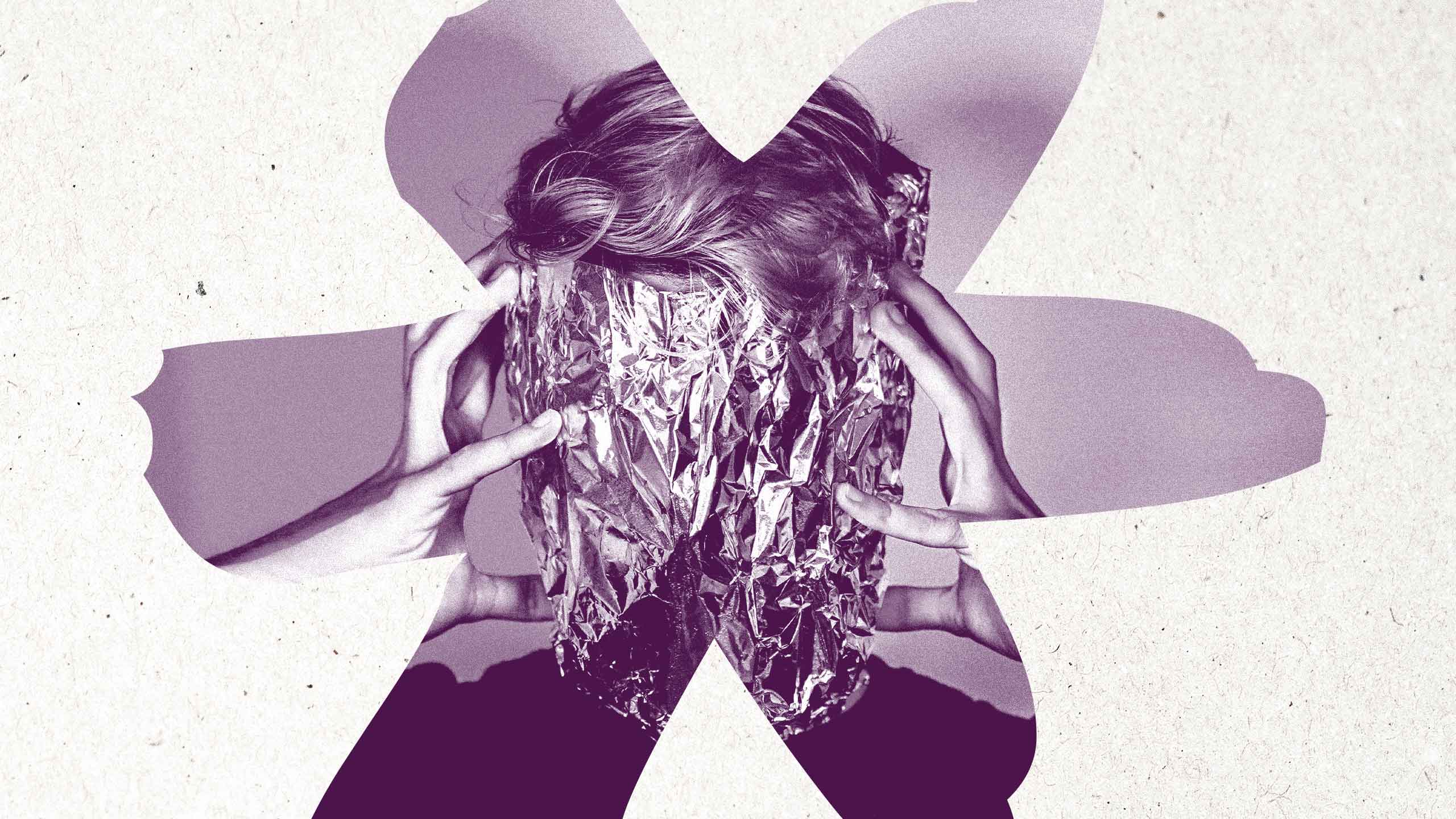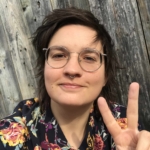Hi folks, it’s Xtra’s video producer Lito Howse helming “Topline” this week. I’m writing from Toronto, where I live with my partner and my dog. This week, I’m fortunate enough to be receiving my second COVID-19 vaccine. But, to be honest, I’m not sure that I’m ready for all that follows, like travel within the country without quarantining, being more free to move in public spaces and see friends.

If you’re like me and still eschewing social gatherings for indoor alone time, settle in for this edition of “Topline” and get ready to feel seen! Remember: there’s more where this came from. Subscribe to Xtra Weekly for the whole nine yards.
What’s the buzz 🐝?
For those of us who’ve survived this pandemic so far, I’ve been thinking about how our bodies have been holding the stress of the pandemic in all the forms it has taken.
In the spectrum of “unbothered” to “crippling fear,” my partner and I are on the higher end of COVID-19 anxiety. We both live with anxiety, and she has additionally been diagnosed with OCD. While I struggle with obsessive behaviours, I don’t have an “official” OCD diagnosis because until recently, I had never answered a mental health professional honestly about those types of tendencies. In my youth, I was diagnosed with anxiety and depression, so I already felt like my mental illness plate was full without admitting to a side order of OCD. I dodged all those questions 🐕🐶.
When the pandemic shuttered Ontario in March 2020, my partner moved in with my dog and me. The first time we went to the laundromat, it took us four hours to do our laundry because we kept obsessively wiping everything down with Clorox wipes. The most common phrase in our house became: “Is this safe?” What we really meant was: “Can I touch this object? Has this been cleaned once it came inside? Is it possible it has COVID-19 on it even though it’s been inside for months? Has it sat in our makeshift pandemic purgatory in our entrance where all objects must pay for any potential COVID-19 sins before entering our home?” Until fairly recently, we were still wiping down all our groceries, deliveries, anything that we could safely put bleach on, even though we knew it was not helpful. Sometimes appeasing an anxious part of you is easier than forcing logic.
What were we thinking ✈️?
To try to better understand some of my mental health and chronic pain issues, I’ve been connecting to my body lately—and it hasn’t been an easy task. The world of somatic work (meaning “the body”) offers ways of understanding what my body is communicating and how to tune in to what it needs. Of particular significance to me is how we’ll adapt to a post-pandemic world. Despite public spaces reopening in wealthier countries that could afford to pay billions of dollars for research and have first dibs on vaccines, I’m curious if our bodies are ready to catch up to our return to so-called “normal.”
Currently, I feel comfortable engaging in about one social (distanced) activity a week, during which I feel on edge the whole time and get distracted if a stranger comes too close to me. Our nervous systems have been on high alert for months, ready to avert potential danger at any moment, and mine doesn’t seem to be calming down.
Our overworked nervous systems are affecting the way our bodies operate, too. According to the American Dental Association Health Policy Institute, dentists in the U.S. have seen a 60 percent increase in stress-related dental issues, such as cracked or chipped teeth, and temporomandibular joint disorder symptoms, like intense jaw pain and headaches from jaw clenching. The American Psychological Association (APA) says the physical and mental health of many Americans have declined due to the stress of the pandemic, particularly for essential workers, people of colour, parents and young folks. The APA also indicates the health impacts of managing grief and trauma will likely have “significant long-term individual and societal consequences.”
Last week, my partner and I enjoyed our first patio dining experience in over a year. We were planning on taking our food to go and snagging a patch of grass at a nearby park, but the patio was open and empty so we felt emboldened to give it a shot. The event was both a titillating and nerve-racking experience; my body felt disoriented. Maybe my body is trying to hold the tension between different desires—and right now, it’s holding a lot.
By the end of the summer, my main goal is to see my 92-year-old grandma in Newfoundland and give her the hug I wish I was able to give her early on in the pandemic, when my grandpa died (non-COVID-19-related) and I couldn’t be there for the funeral. I know everyone did the best they could, but I felt stuck in my body while I watched the Zoom funeral, unable to partake in the usual aspects of these types of events—chatting with relatives while we snacked on platters of food and sharing stories about my grandpa that made us laugh. The Zoom ended and I didn’t know what to do with myself. And while I cannot wait to give my grandma that hug, I still feel a tension in my chest when I think about it, because I struggle with balancing my COVID-19 anxiety with knowing we will all be vaccinated and relatively safe.
It’s going to be a steep readjustment to get comfortable enough to fly halfway across the country with a plane full of strangers and be near family I’m not used to seeing. While I’m up for the challenge, I’m also trying to be gentle with myself and listen when I feel anxious. I am trying to learn ways to communicate with my body and say: “Thanks for everything, I am here for you, and in this moment, we are okay.”
In other Xtra news 🌎
👉In the fourth installment of the “Protest and Pleasure” series, Chanelle Gallant explains how homophobia and transphobia are directly tied to colonization and highlights efforts by Indigenous activists to create pathways to sexual and gender liberation.
👉Our queer forebearers. Xtra’s news writer Mel Woods takes a look at queer trailblazers in sports.
👉Xtra’s resident advice-giver Kai Cheng Thom hosts a crossover episode of Ask Kai: Quick Tips for the Apocalypse with author of ¡Hola Papi! and fellow advice columnist JP Brammer. I had fun editing the video, so I hope you dig it too!
👉As LGBTQ+ rights continue to be threatened under far-right Brazilian President Jair Bolsanaro, read about how queer culture is surviving.
👉If you are like me and need regular breaks from the outside world, check out all the new queer and trans content streaming this July.
👉Want more headlines? Subscribe to Xtra Weekly.
Gifbox
Here’s a look at my actual face when I think about going out in public sometimes:



 Why you can trust Xtra
Why you can trust Xtra


